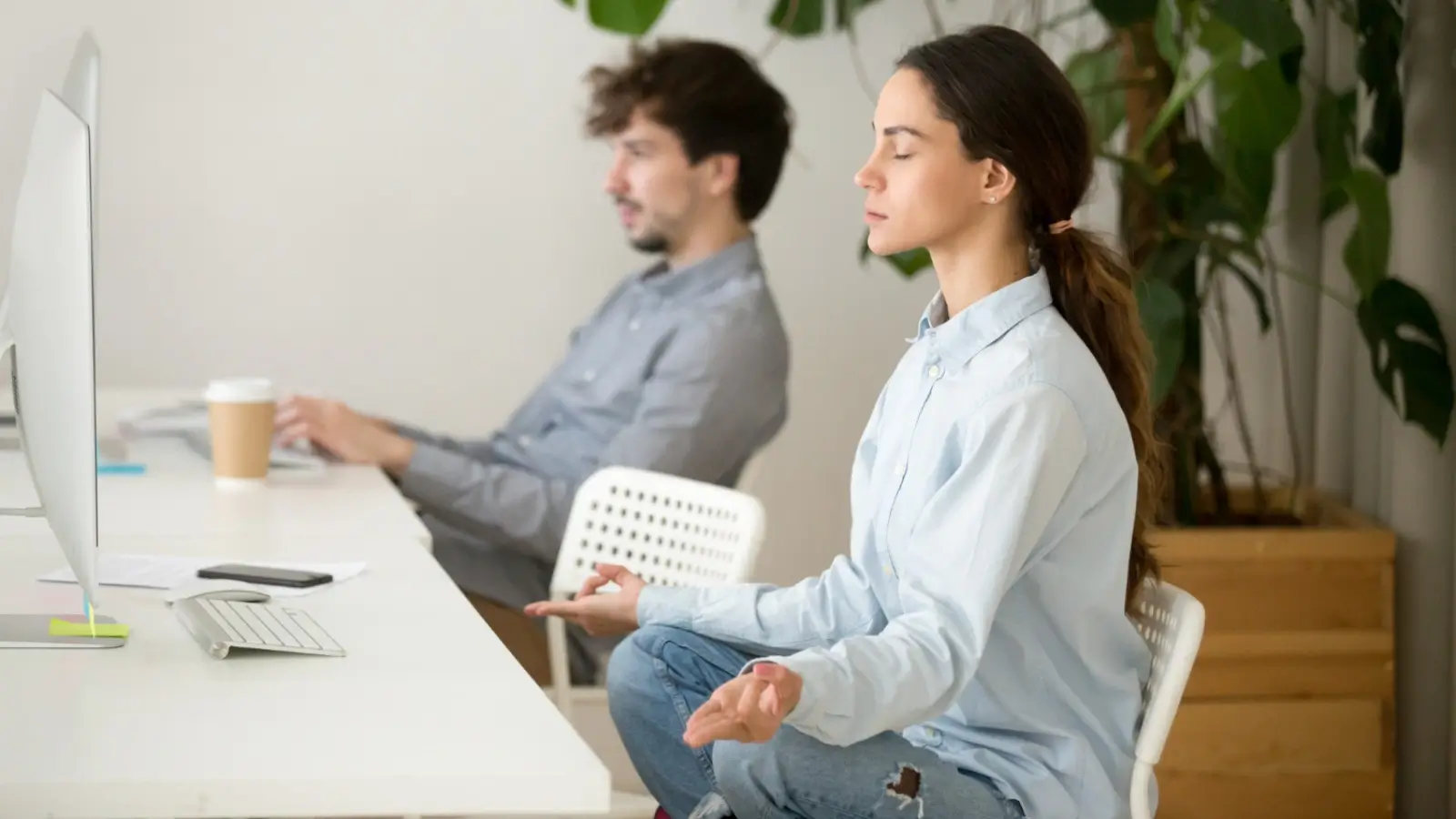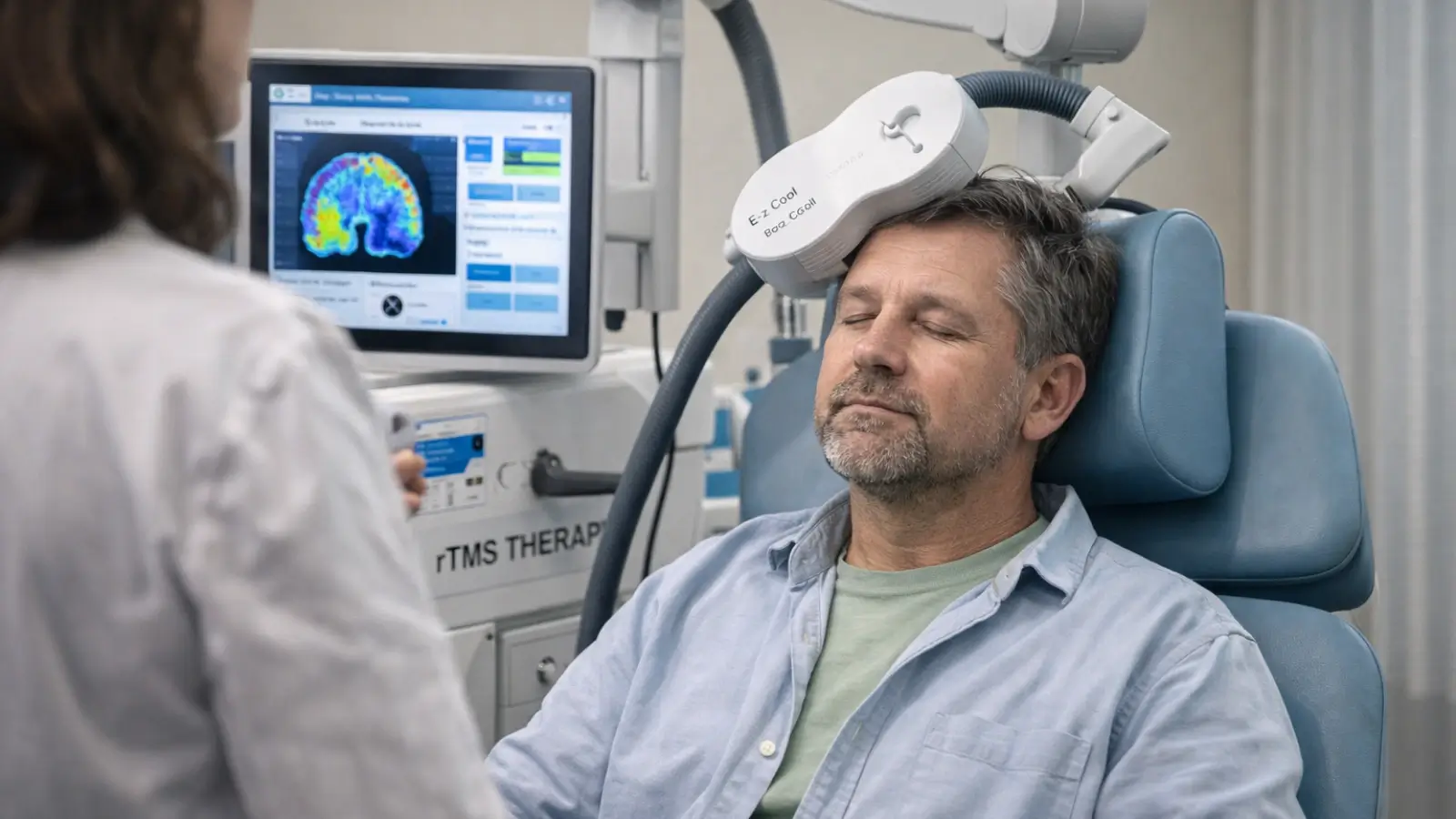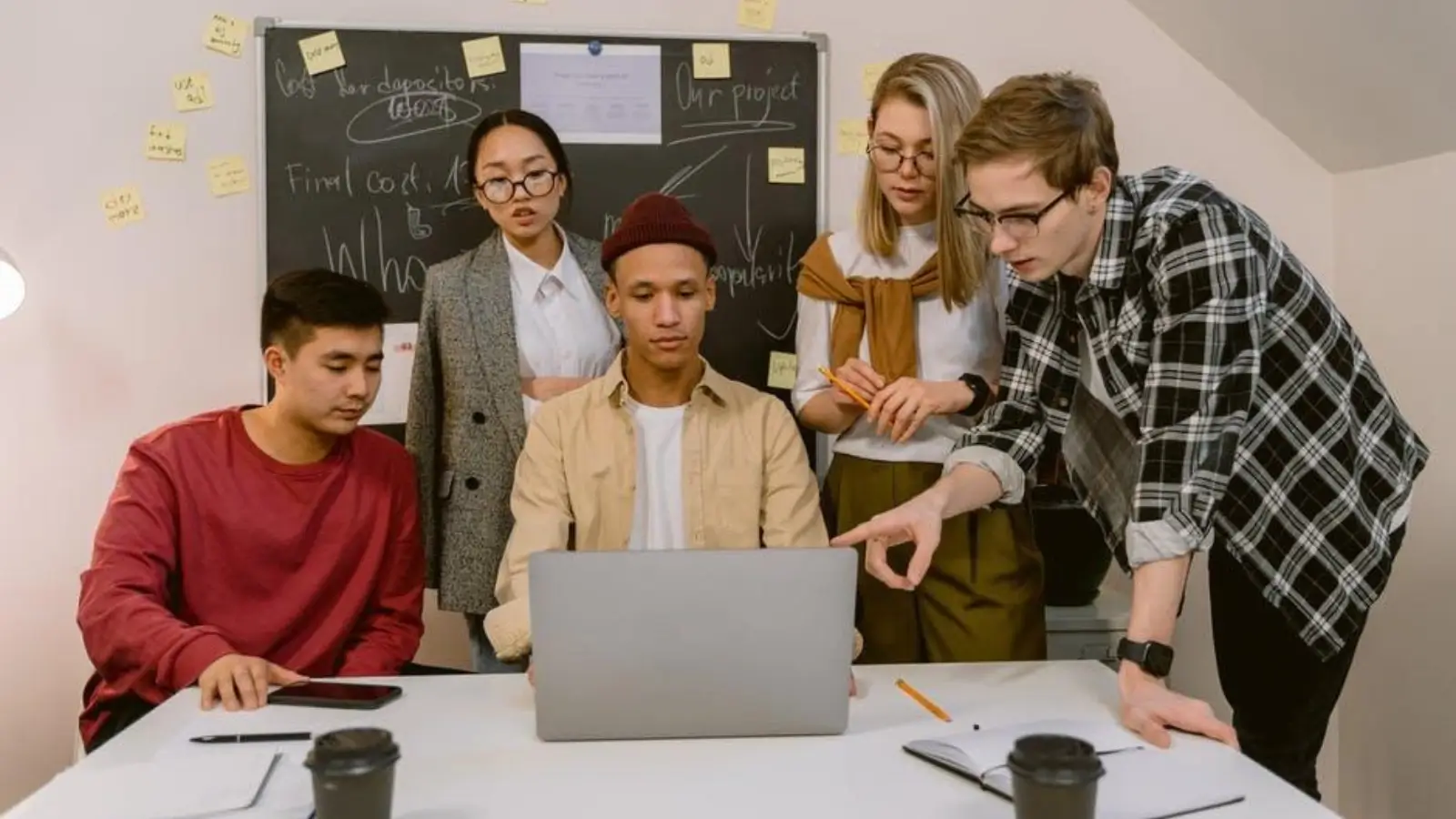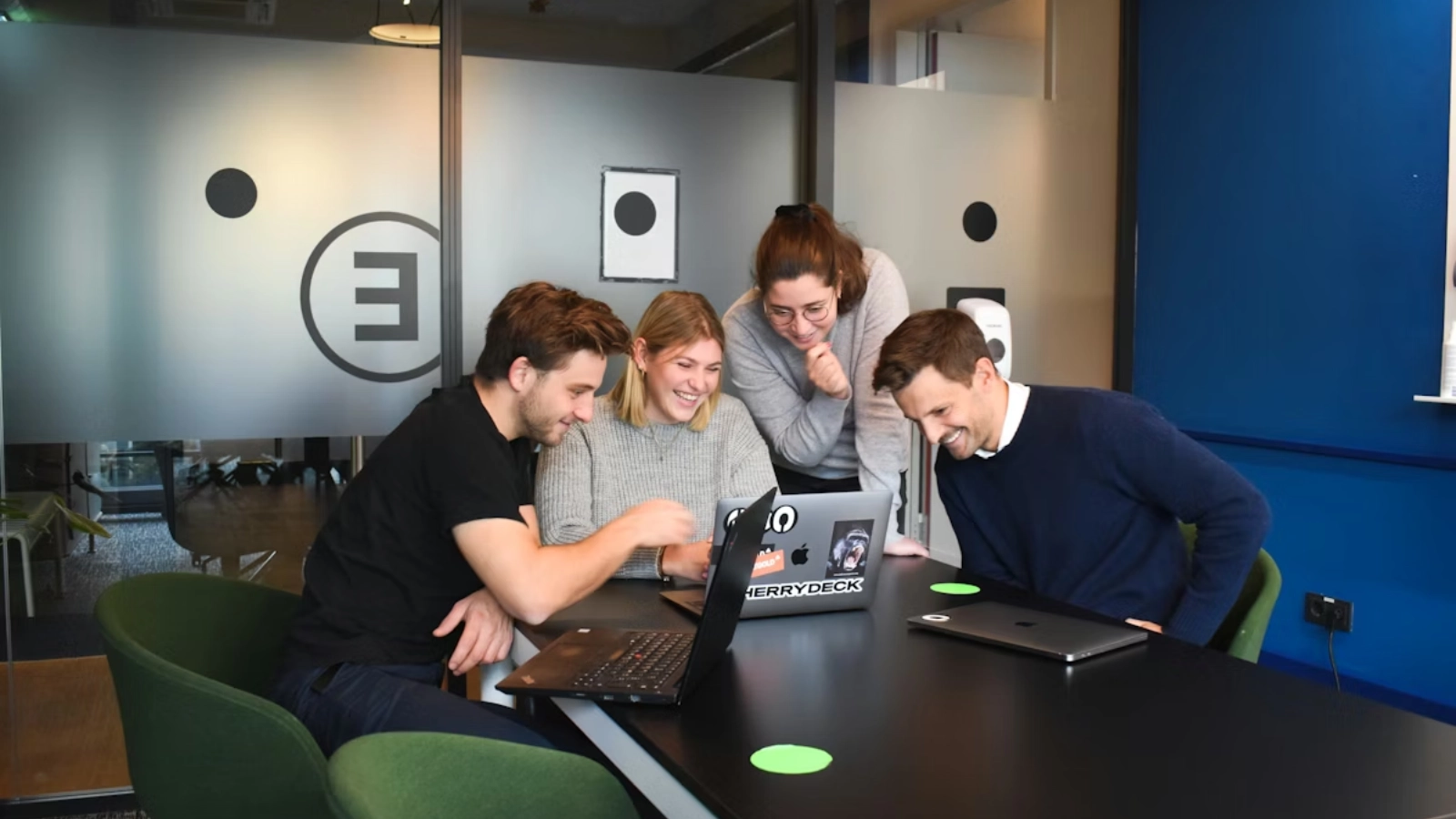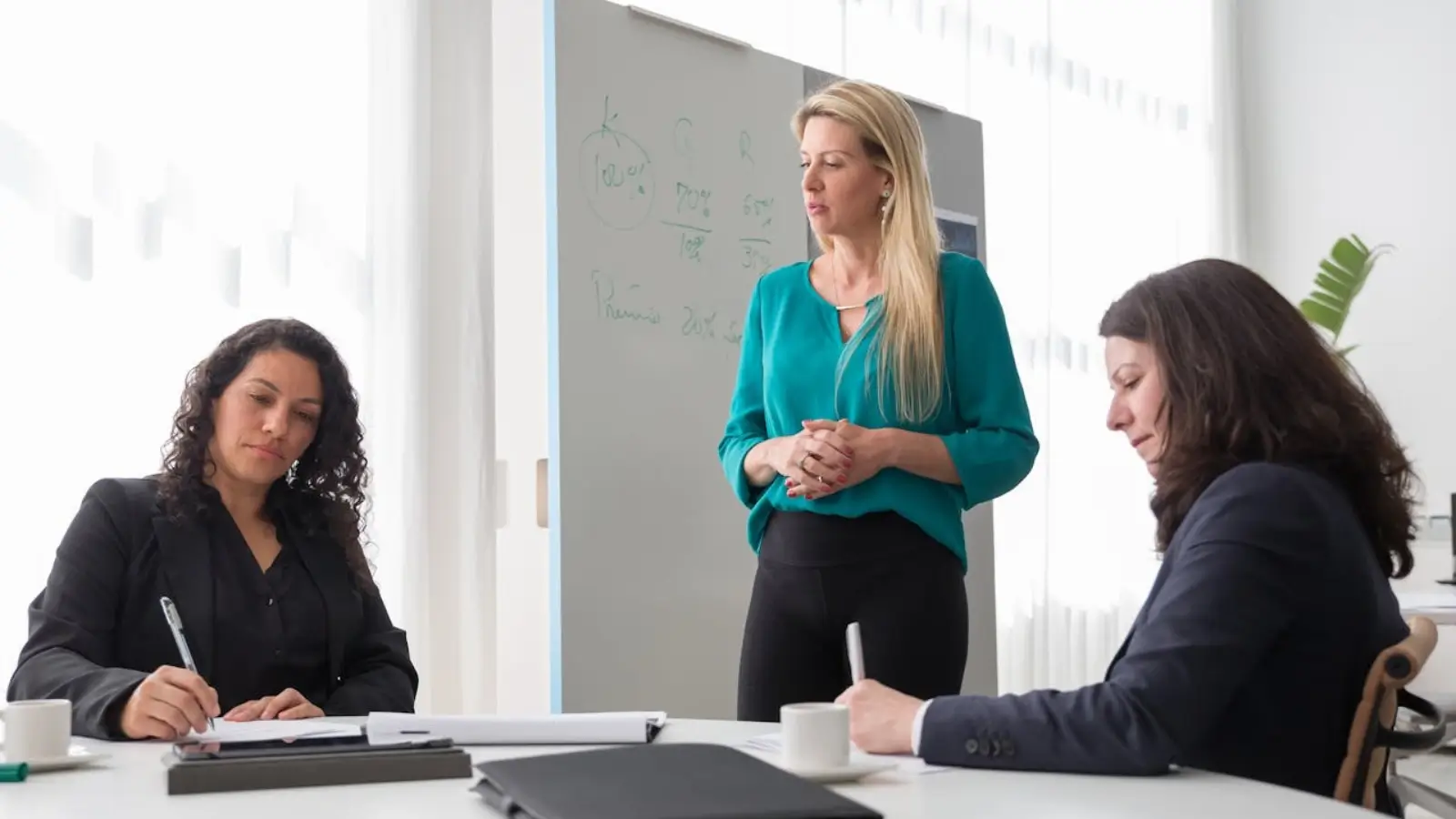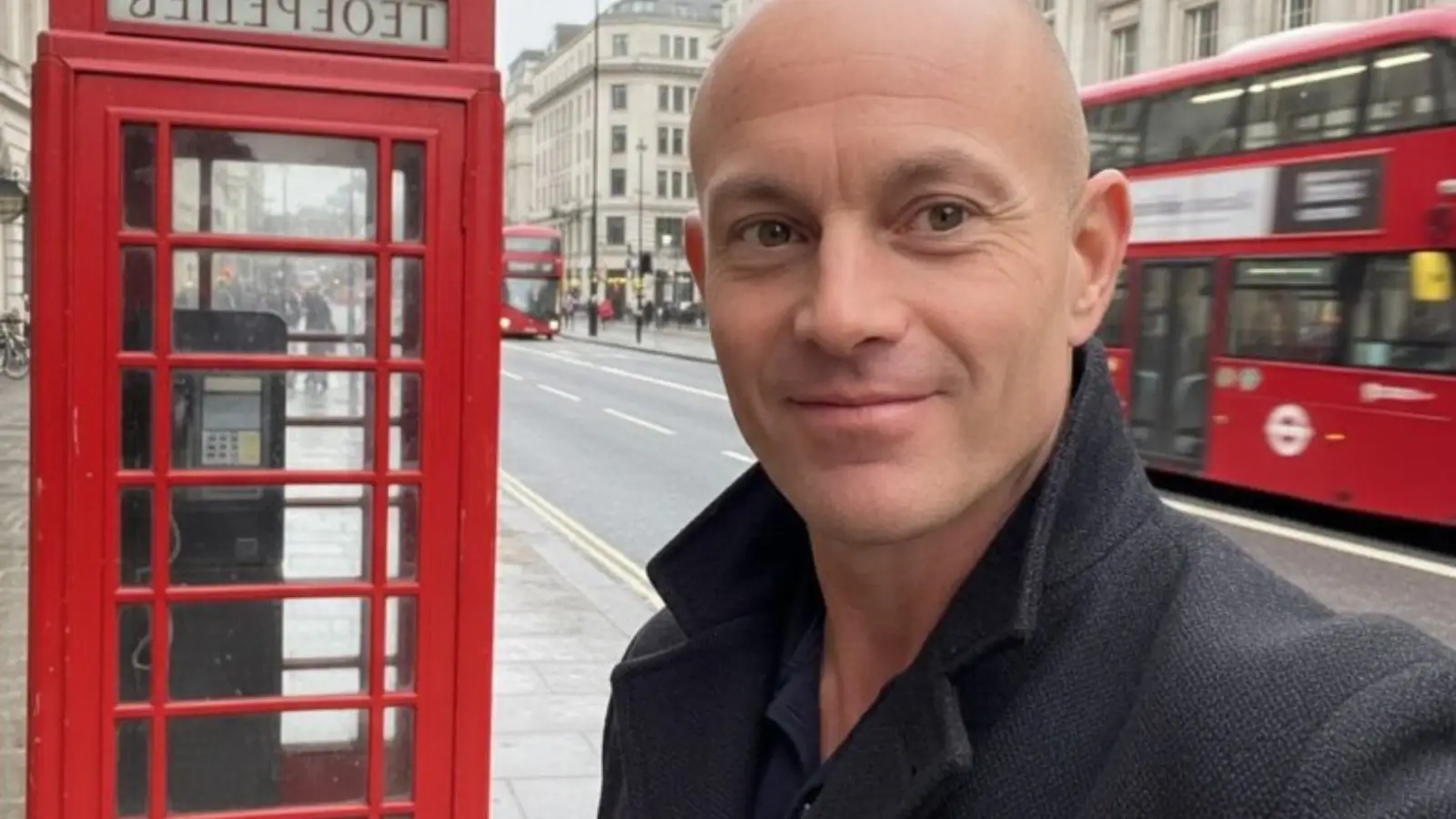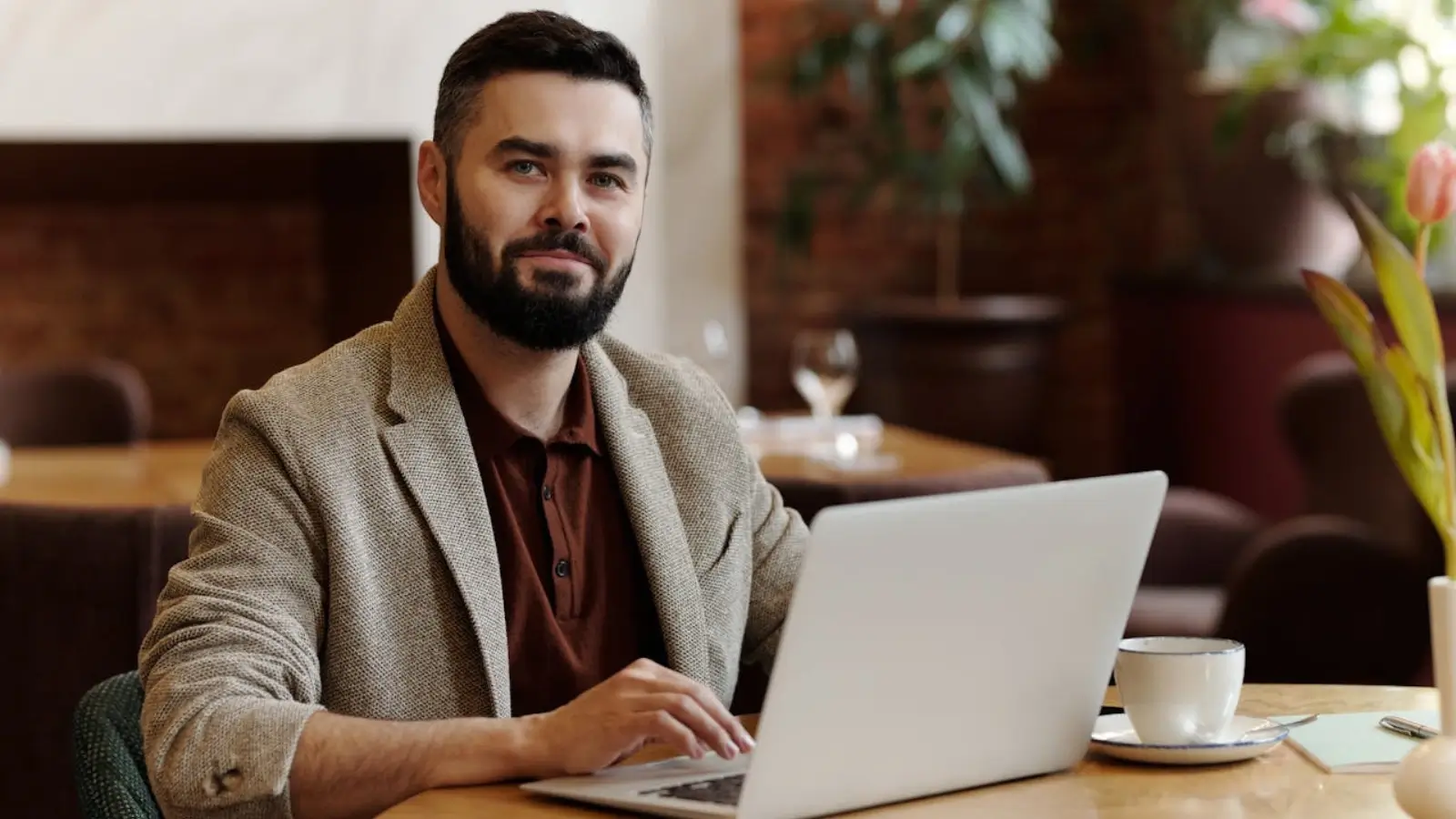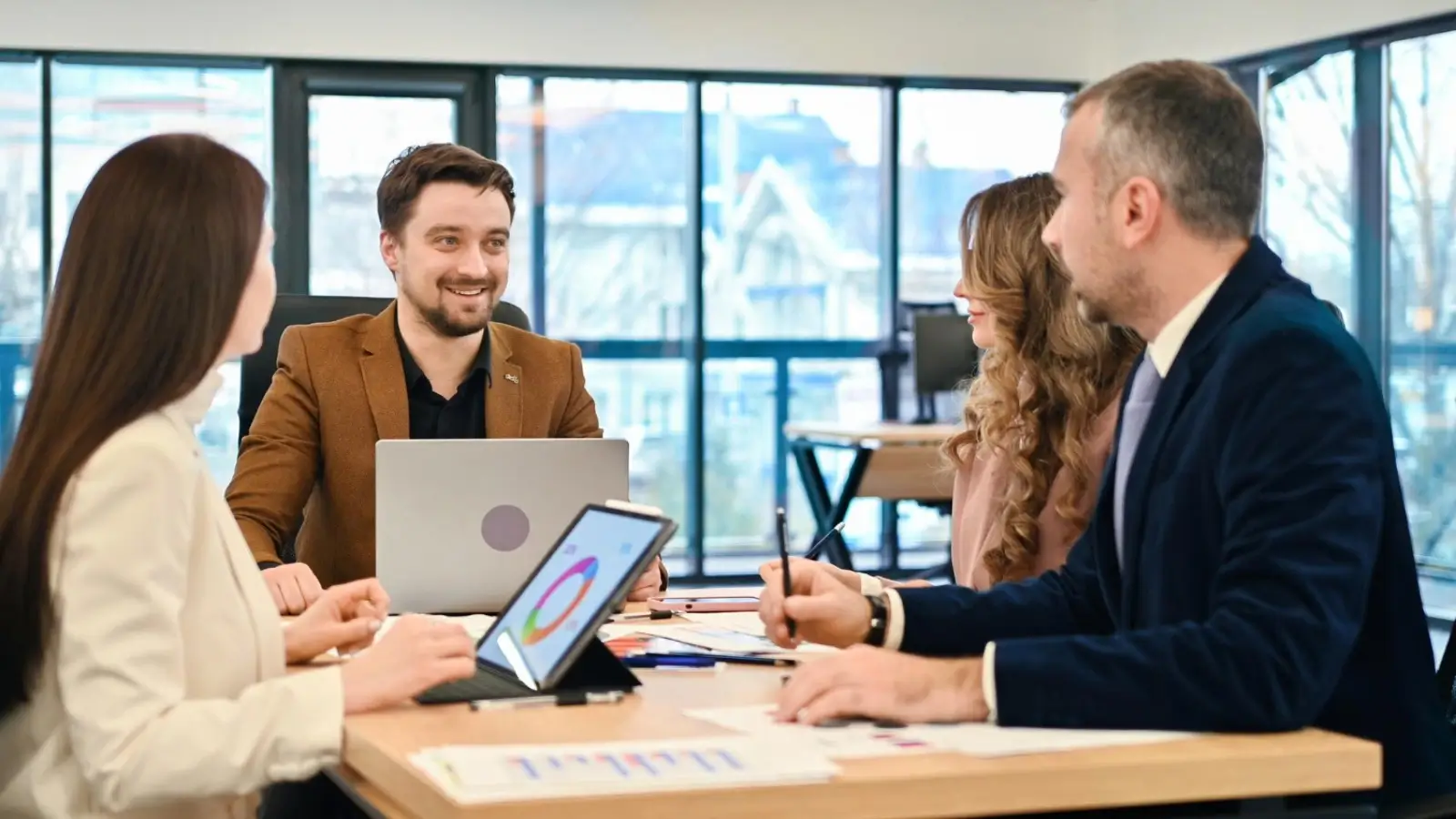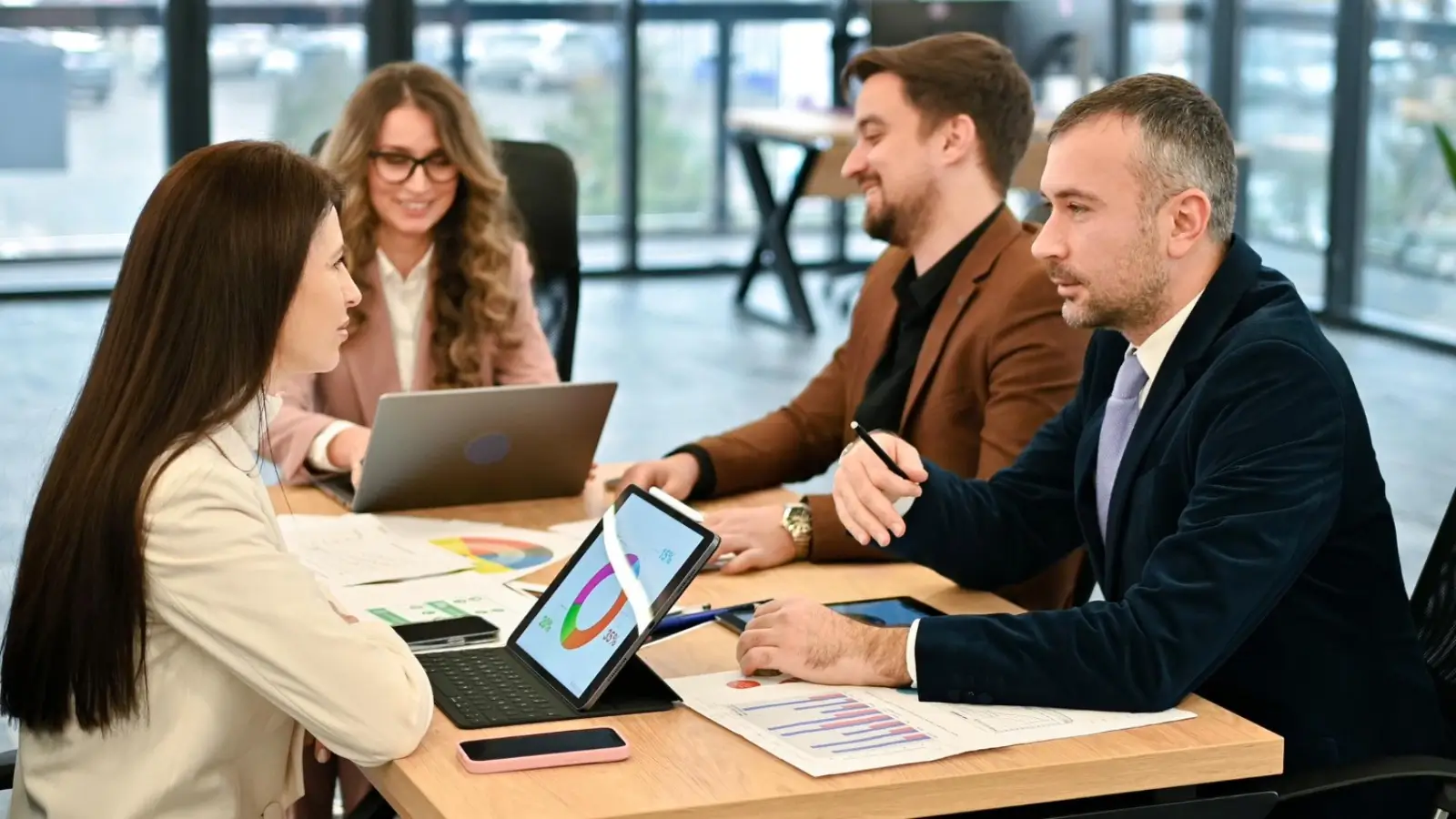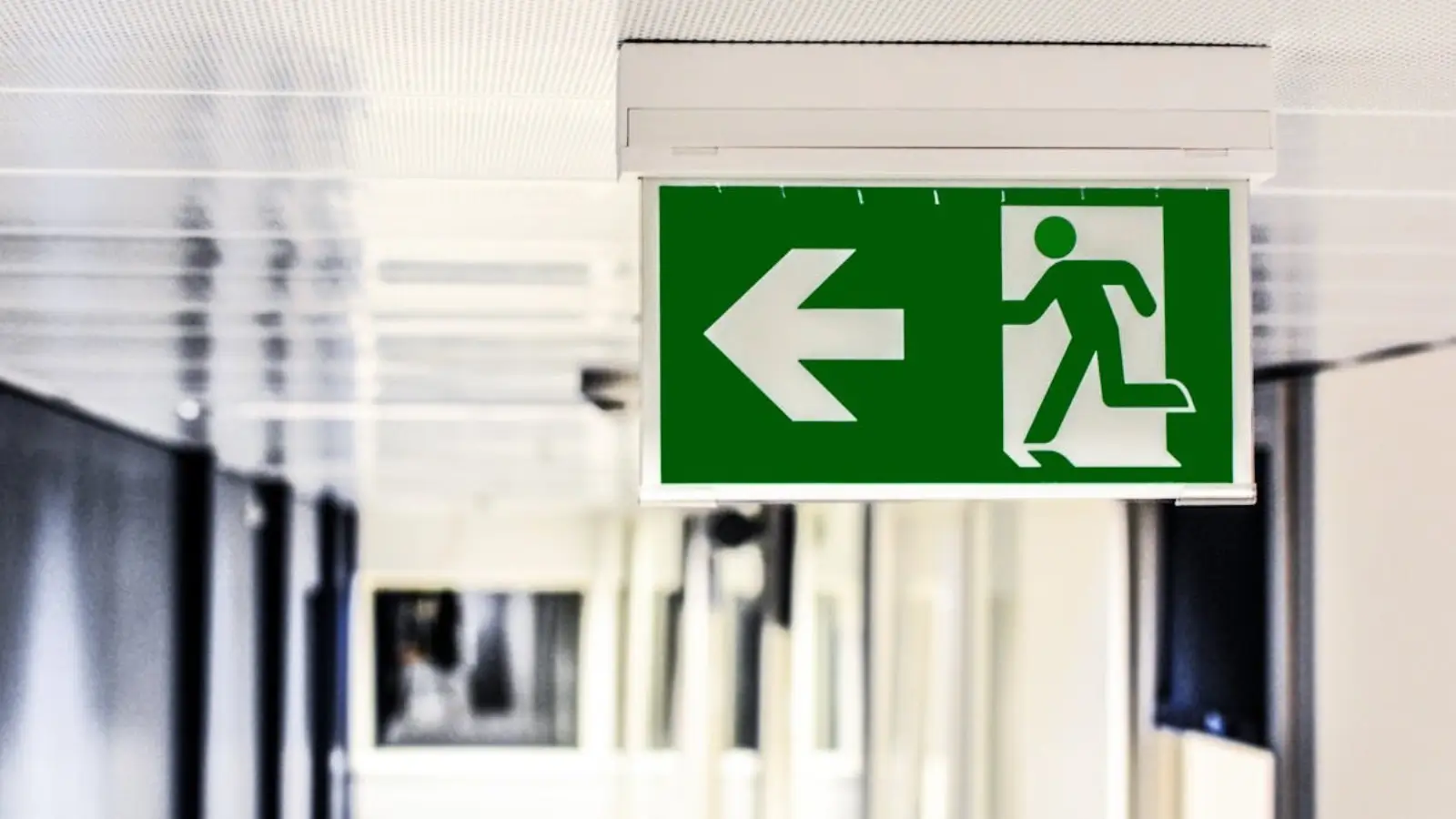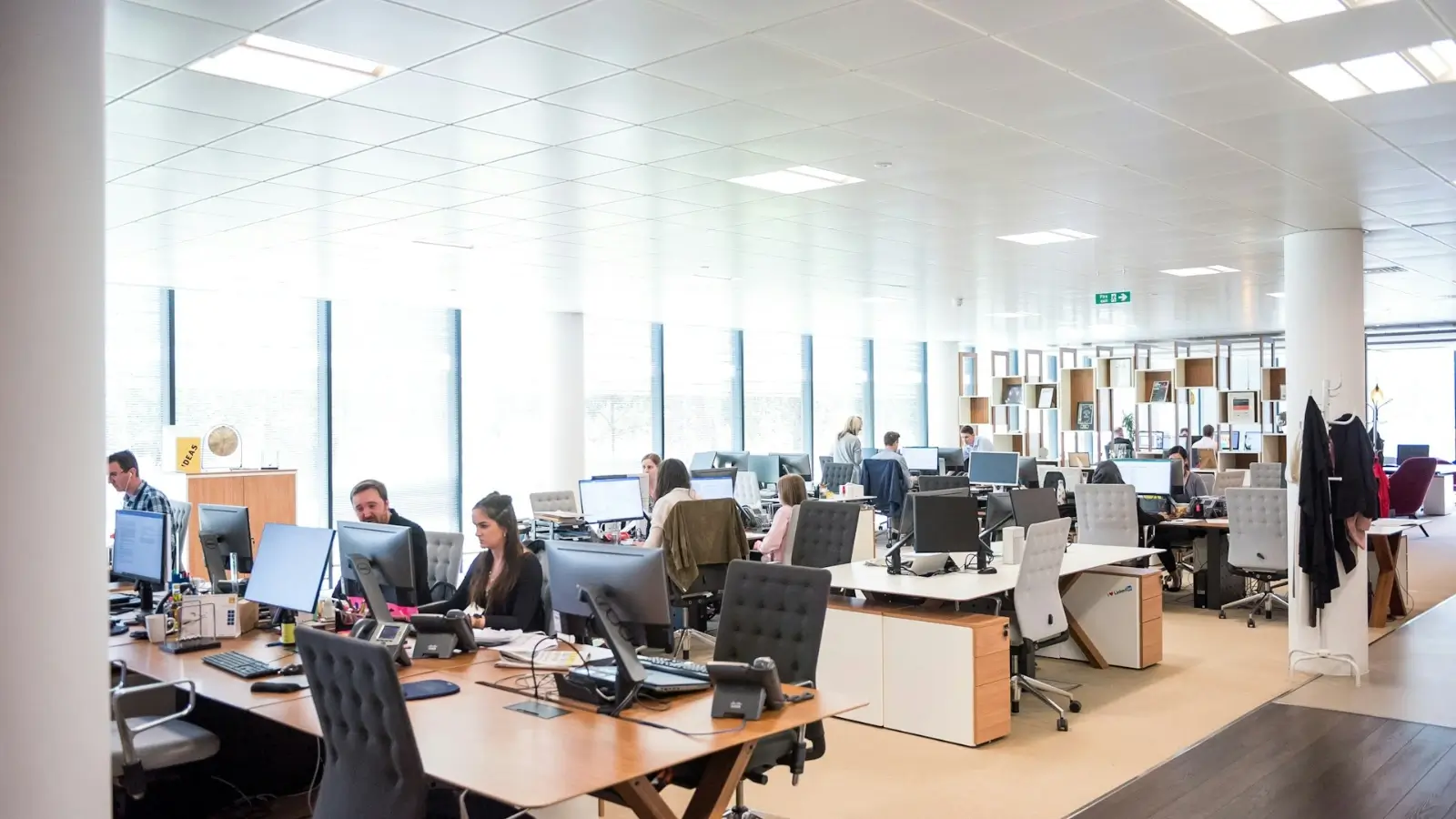In modern professional life, connection sets the tempo. Leaders, founders, and specialists move through calls, messages, and project updates. Even the pauses involve screens: emails before meetings, dashboards before calls.
This pattern drains mental resources. Sustained digital engagement reduces sustained attention, narrows creative range, and blunts decision depth. The strain stems from limited variation in cognitive activity and scarce recovery time.
For people whose results depend on mental sharpness, capacity matters as much as skill or industry knowledge. Clear thinking, strong judgment, and fresh ideas rely on regular renewal. To protect that state, more professionals are adding offline habits, from tactile play to structured analogue routines, into their schedules as a deliberate performance strategy.
The Weight of Digital Fatigue in High-Output Professions
Research from Stanford University in 2021 highlighted several contributors to videoconference fatigue: increased self-monitoring from constant camera view, reduced movement, prolonged close-range eye contact, and sustained cognitive effort. Outside of formal calls, parallel strain comes from perpetual notifications and rapid task-switching.
Digital fatigue accumulates. A single meeting may feel fine, yet across weeks of uninterrupted digital work, patterns emerge. Mental stamina declines earlier in the day. Ideas take longer to develop. Responses in critical discussions lose depth.
In sectors where decisions must be both fast and sound: technology, finance, creative industries, this decline carries a cost.
The effects are easy to miss. A chief operating officer may find that strategy sessions feel heavier to navigate. A creative director may see familiar patterns repeating. An investor may lean on past templates rather than a fresh read of each case.
Over months or years, tolerance for ambiguity, a key asset in leadership and innovation, can shrink. Decision-making drifts toward predictable, low-risk options. Teams mirror the same patterns. The business maintains motion, while the forward momentum slows.
The Slow Movement Toward Analogue Leisure
Many professionals now introduce analogue intervals into their schedules as planned, repeatable fixtures. These sessions engage the senses, shift pace, and create a break in mental rhythm.
Some leaders start their mornings with handwritten journaling, allowing strategic thoughts to surface without the constraints of a digital format. Others set time for hands-on activities such as sketching, darts, or woodworking, where progress is tangible and feedback is immediate.
In team settings, analogue leisure can take the form of board games during lunch or a collaborative mural wall in the office.
A growing number of co-working spaces embed analogue corners into their layouts, areas free of screens and Wi-Fi, encouraging members to step into a different sensory environment for 10 to 15 minutes. These spaces act as tools for mental reset and reinforce that breaks form part of productive rhythm.
Home Games Room is a UK-based home leisure brand focused on thoughtful, tactile relaxation experiences for modern homes. Its approach reflects an understanding that leisure spaces deserve the same intention as workspaces, with both shaping performance over time.
How To Make It Useful
To make these corners useful, treat them like infrastructure. Place them along natural walking routes, near daylight and away from primary screens. Keep tools open and visible; store them in a shallow tray or on wall hooks so setup takes seconds. Use a timer and a fixed protocol: two to five minutes, one simple action, clean reset.
Choose a small bench or standing ledge to prompt a posture change without inviting long stays. Add a phone tray at the entry to remove the impulse to check notifications. Clear signage helps: short reset only, one task, return to work on the bell.
The Psychology of Hands-On Focus
The strength of analogue engagement sits in its neurological impact. Activities involving physical manipulation, from fine motor tasks like sketching to more forceful actions like throwing darts, stimulate neural networks that see less use during screen-based work. This variety refreshes processing capacity in ways that scrolling or streaming cannot replicate.
Hands-on tasks recruit visuospatial working memory, proprioception, and timing systems. This wider network load changes the feel of attention. People report a steadier tempo after even a short bout of sketching or aim-based play. Movement of the eyes, hands, and shoulders adds mild physiological arousal that helps reset vigilance without spiking stress.
Alternating cognitive demand with tactile control also restores a sense of agency. Screen work often carries uncertainty and delay. Physical actions create immediate, legible outcomes, which calms rumination and reduces micro-frustrations that build across a day.
The mind returns to complex work with less residue from unresolved tabs, drafts, and notifications.
A diary study conducted by Goldsmiths, University of London, tracking creative professionals, found that engagement in daily hands-on creative tasks strongly correlated with elevated mood and sustained focus.
In performance psychology, the parallel is clear. Athletes cross-train to avoid overloading specific muscle groups and to maintain overall performance capacity. Similarly, high-performance professionals can “cross-train” their minds by switching between cognitive and tactile forms of focus.
When practised consistently, hands-on engagement becomes a tool for preserving adaptability and depth of thought, even under sustained workload pressures. Over time, this supports resilience against mental fatigue and protects creative range.
Building a Sustainable Analogue Practice
For offline habits to deliver consistent benefits, they need to be repeatable and easy to access. Overly complex setups or rare opportunities often slide into the “once in a while” category, which dilutes impact.
The most effective routines stay small in scope and anchor to predictable points in the day, such as a five-minute sketch at the end of a meeting block or a short round of a physical desk game before starting afternoon work.
Design the micro-ritual with three elements: a fixed cue, a simple action, and a clear finish line. A fixed cue might be the end of a call block or the first cup of afternoon tea. The action stays short and concrete, such as ten dart throws or one page of lines and circles. The finish line is non-negotiable to protect momentum.
Keep materials visible and ready. Tools packed in drawers tend to be ignored. A shallow tray, a wall hook, or a small easel reduces setup time to seconds. The easier the start, the more often the habit fires during real-world pressure.
Track effect with light metrics that matter to the role. Developers watch post-break defect rates and commit confidence. Operators log decision time on recurring choices. Creatives note idea count during the next ideation window. A weekly review of these markers shows whether the ritual earns its place.
Everyday Ways to Reclaim Analogue Space
Offline habits work best when they fit into existing routines rather than sit as add-ons. Remote professionals keep a small sketchpad, puzzle, or tactile desk item within reach and use it between calls to reset focus. Hybrid teams schedule short, non-digital group activities, such as physical brainstorming with sticky notes or a shared craft workshop that runs for 15 minutes.
Some leaders create sections of the workspace that are intentionally free from screens. This physical separation removes the default option of quick device checks and makes offline engagement the natural step for a reset.
Signal permission with environmental cues. Place a small analogue station near, not inside, the primary workstation. Add a timer and a visible slot for two people to use it together. Teams can rotate a five-minute, low-stakes game before tricky meetings to warm social attention.
Shared play lowers defensiveness, encourages candid debate, and speeds alignment on hard calls.
Cultural and Brand Signals of an Analogue Revival
The analogue shift appears in cultural and corporate settings. Workplace wellness programmes include hands-on workshops, such as ceramics or carpentry, as part of resilience strategies. Office designers integrate offline rooms into layouts, creating quiet spaces where digital devices stay outside by design.
Beyond offices, urban initiatives add tactile public features, such as chess tables in parks, open-air ping-pong setups, and community craft spaces. Lifestyle events that celebrate slow living and traditional skills draw attendees from high-pressure sectors who want deliberate disconnection.
Internal pulse checks and HR feedback often link regular, structured offline activities with stronger peer relationships and lower burnout risk. Brands in hospitality, interiors, and leisure align with this interest and offer spaces that strip away digital noise. The analogue revival is moving from preference to practice.
Protecting Recovery as a Performance Asset
In high-performance work, recovery functions like infrastructure: essential and easy to overlook. Just as companies protect financial reserves, professionals benefit from safeguarding cognitive reserves.
The most effective approach is deliberate, not incidental. High performers tend to identify natural low-energy points in their day and anchor short, analogue resets at those times. This could mean a hands-on task that creates a clear mental contrast with work, or a brief, screen-free environment that allows the mind to settle.
Three principles guide this effectively:
- Protect recovery time with the same priority as a critical meeting.
- Pick tactile or sensory contrast that counterbalances the day’s demands.
- Keep recovery separate from performance targets so it stays restorative.
Practised consistently, this protects adaptability, decision quality, and creative depth—assets no volume of extra hours can replace. In this sense, recovery is not a pause from work, but a direct investment in its quality.
Reclaiming Rhythm in a Distracted World
The return of offline habits signals a cultural shift in professional life. These practices now sit alongside core workflows as tools for maintaining clarity, adaptability, and strong decision-making.
The principle is straightforward. Intentional space, tactile routines, and regular recovery form the base for sustainable output. Each analogue moment reinforces the capacity to think deeply and act decisively in an environment that pulls attention in many directions.
Choosing short, screen-free intervals is a practical way to keep performance durable. When the moment comes to act, the mind arrives prepared and present. Professionals who commit to this balance protect today’s results and extend the useful life of their effectiveness for years ahead.

